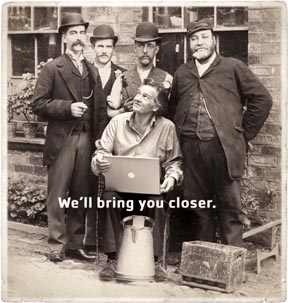Findmypast has announced that John F. Kennedy has been voted the greatest political leader with Irish ancestry, ahead of Ronald Reagan and Barack Obama. Che Guevara, the Latin American revolutionary who also had Irish roots, ranked fourth.
The online poll of over 4,000 Americans and Britons was conducted by YouGov for the genealogy site findmypast.com and its Irish partner, findmypast IE.
“The most surprising people turn out to have Irish ancestry,” says Cliona Weldon, spokesperson for findmypast.ie, which marks its first birthday this month.
The findmypast poll asked respondents in the U.S. and UK to pick from a list of 10 political leaders who had won prominence in countries beyond Irish shores – in short, in the Irish diaspora.
This diaspora, consisting of Irish emigrants and their descendants, is estimated to include over 80 million people worldwide, including some 40 million Americans.
While Obama and JFK polled similar percentages with U.S. and UK respondents, averaging 12% and 25% respectively, Reagan polled nearly four times as many votes in the U.S. (35%) as in the UK (8%). Indeed, he would have topped the poll based on U.S. votes alone, while the UK alone ranked him third behind Obama.
Obama, who only discovered his Irish roots in 2007, is just one of at least 13 U.S. presidents to have had Irish ancestry. Indeed, the only one of the last six to have lacked them was Bill Clinton, who tried to atone for the fact by once informing a St Patrick’s Day gathering that: “I feel more Irish every day!” Other countries to have boasted notable leaders with Irish ancestry include Canada, Australia, France, Spain, Mexico, Chile, Peru and Israel.
Che Guevara, the Argentine-born radical who helped lead the revolution in Cuba, may be best known today as an icon of Latin American rebellion but he traced his ancestry to Galway, Ireland in the 1740s.
JFK and Reagan both traced their roots to the great wave of Irish emigration that began in the mid-19th century, coinciding with the great Famine.
By then, Obama’s Irish forebear, Falmouth Keaney, had already been in the U.S. for eight years, after migrating from Moneygall in Co. Offaly in 1850. Keaney was Obama’s maternal great-great-great grandfather.
About findmypast.ie:
findmypast.ie is the world’s most comprehensive Irish family history website, providing easy-to-search, online access to some of the most significant Irish records that have ever been made available, including extensive BMD records.







